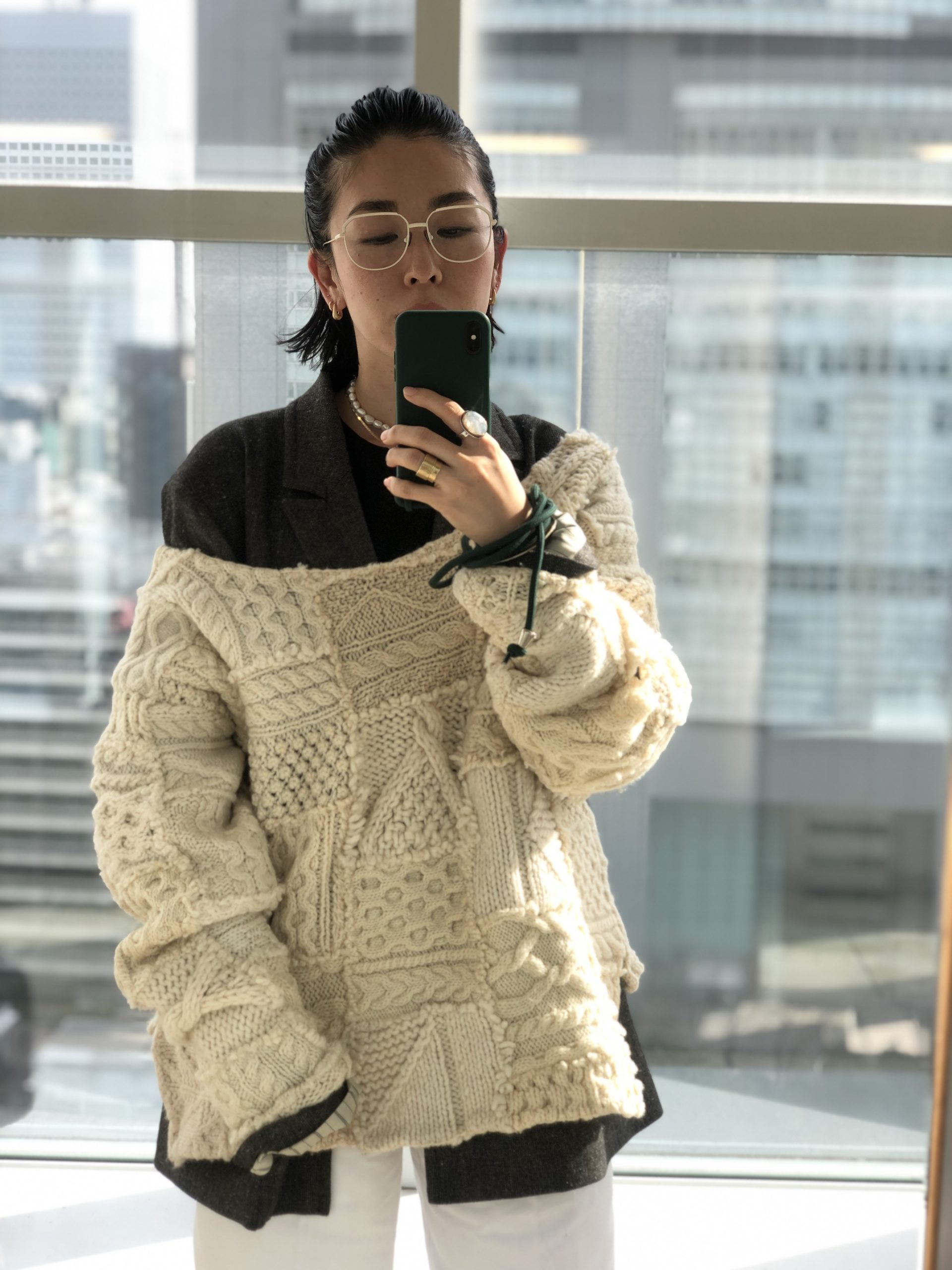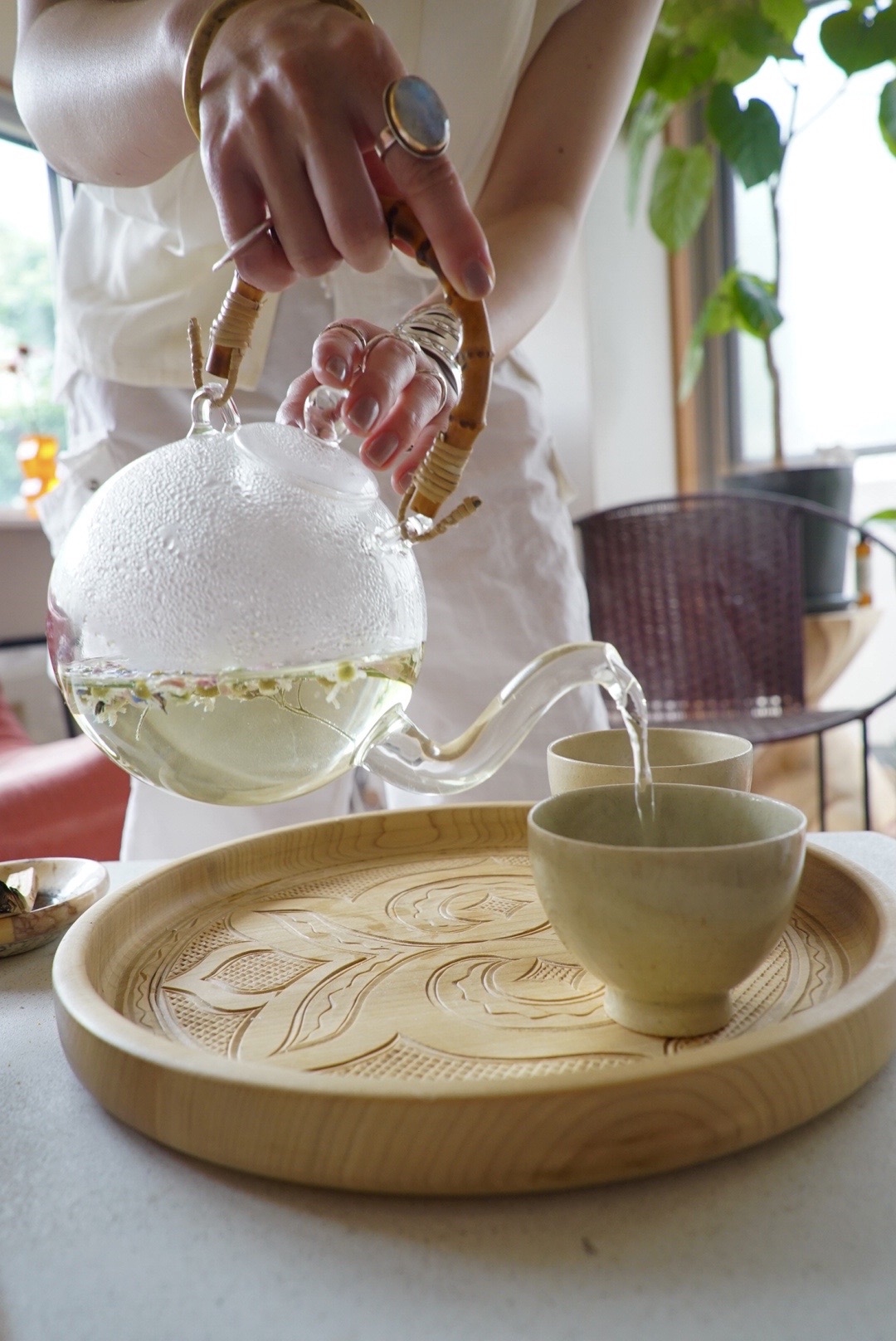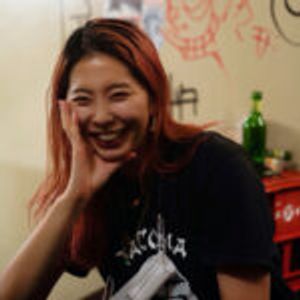Along with criteria like product design, functionality, standards, and trends, the “Made in Japan” label has become an important consideration for selecting a product. In this series, Japan’s Brand Trivia, various creators introduce innovative made-in-Japan products that align with our concept of social mindfulness. This time, we spoke to Yoshimi Nagao, creative director of Takashimaya Women’s. Which “made in Japan” products has Nagao selected by using her aesthetic eye, which she’s cultivated over the years in fashion? When we asked her about the criteria for her unique selection, the source of her taste—having a sincere relationship with the things she likes—came to the forefront.
–As someone who works in fashion and at a department store, you’ve encountered many different things. How do you feel about the value and allure of “made in Japan” products?
Yoshimi Nagao : Because I work in a department store, I get to see things from a broad perspective and have many opportunities to see Japanese products, not limited to fashion. I also have my personal taste, of course. It’s like, the interests I’ve always had are at the base, and that switch gets turned on. I have more opportunities to learn about the importance of the four seasons, the rich colors, and the culture of Japan, thanks to my current job.
In general, I’d say I have the spirit of a craftsman. I feel that “made in Japan” products have this meticulousness, humble beauty, appearance, and vibe unique to Japan’s aesthetic. The same can be said for architecture, dishes, antiques, and the Japanese manufacturing industry of today. I often visit Europe and the U.S. for work, and when I look around their cities, I spot many decorative things carefully preserved over a long period. But in Japan, I feel like many things have this elegance and humble beauty that blends into everyday life.
–What do you think is the difference between craftsmanship in Japan and abroad? What’s interesting about it?
Nagao: In Europe, the architecture looks like a movie set. It’s fun and beautiful. It’s as if the entire city’s a work of art. You can also look at Japan through an artistic lens, but to me, Japan is the polar opposite of Europe. My impression of the U.S. is that it’s a bit more mixed. You can sense the mixture of different cultures there. Scandinavia exists in a minimalist world with a distinct eye for color and functional beauty. It’s interesting to look at how each country has a different idea of beauty.
–What do you look for in regards to fashion?
Nagao: Firstly, I look for the quality of the fabric. The look and quality of the textiles are what I focus on the most when I select clothes. Even at vintage stores, I build an outfit by starting with the fabric first and then thinking about the styling. As for my job as a buyer, although I judge clothes by whether or not they’ll sell, one of the key points upon buying is whether or not the fabric looks cheap on a hanger. Secondly, I visit many pop-up shops every season and always look for a balance between fabrics and textiles. I also think about whether the designer has their signature; do they have their style, derived from their background and the things they like, regardless of trends? These are the two key points. I don’t feel moved by something I’ve seen elsewhere or something that looks like something else. Of course, I buy some things with a business mindset because I feel like they might sell, but I’m attracted to people and designers who create unique styles.
FUMIKA_UCHIDA, a distinct style
Japan’s vintage culture is unlike any other. Every country in the world has vintage clothing, but Tokyo has established that as fashion. Only Tokyo has developed it as a fashion style and trend. In my view, men’s vintage clothing is more utility wear-oriented, like military clothes and denim. But FUMIKA_UCHIDA is a pioneer in women’s vintage clothing. The clothes are very light and cool, and they complete any outfit with a vintage flair. The styling and overall balance are surprising. I believe Uchida-san, the designer, created women’s vintage clothing culture.
She understands the background of vintage clothing and incorporates it into everyday life. It explains why she can edit and create a distinct style. Her strength is singular, and her sensibility’s acutely heightened. I’ve been following her work since her debut collection, and she comes up with a different style every time. Her attention to detail regarding the textiles exists in every aspect. It’s perfect.
This knitted sweater is one of the clothes she showed in her debut collection in 2014. I wore it when I visited New York during fashion week. Out of the many celebrities who had cameras pointed at them, the late photographer Bill Cunningham pointed his camera at me. I was wearing this sweater, leather pants, and converse sneakers. Then, other photographers gathered around me. I’ll never forget how he said, “Nice sweater!” as I was leaving. It’s a very classic fisherman sweater, a textile that everyone knows. The balance between the patchwork and off-the-shoulder silhouette must’ve been very fresh to him. So, it’s a legendary sweater for me.
Contemporary Ainu tray with tribal patterns
I got this at an Ainu folk art exhibition at Takashimaya in Nihonbashi. Today, Ainu culture is gaining attention, and I tried to incorporate it into my life. The contemporary tribal design stands out, making it special. I’m from Hokkaido, and although my lineage isn’t Ainu, Ainu culture has always been an integral part of my life. When I moved to Tokyo and started working for a department store, I had more opportunities to learn about their craftsmanship, history, and origins. Every time I go back, I visit places connected to them.
They don’t make their crafts for commerce. They make things with wood and leather to coexist with nature. This spirit is similar to Native Americans, I think. When I visited Kuma no Ie, a store by Takeki Fujito-san—the late pioneer of Ainu woodcarving—near Lake Akan, his wife asked me if I liked Native American jewelry upon seeing the accessories I was wearing. I think it was because the Ainu people also make accessories with turquoise. They showed me around the basement, which he used as a storage area for his works. Fujito-san’s parents were Ainu, and he became his father’s apprentice and inherited his skills. Not only did he carve bears out of wood, but motifs such as wolves, deer, marine creatures, and so on. When I saw them, it was as if they were brought to life. The storage room was like a museum. They told me Native Americans once stepped foot in Kamui Kotan for a ceremony involving burning wood and left behind feather ornaments for worship. They must’ve felt a kindred spirit. As with Fujito-san’s work, I feel like many Ainu crafts are so cool and fascinating.
Obihiro, Tokachi: a hometown with nature’s gorgeous seasonal colors
Hokkaido is globally known for its Ainu culture, resorts in Niseko, and so forth. I recommend going to Hokkaido not only during winter but also in the summer, maybe because I was born in that season. Obihiro, Tokachi, my hometown, is the hottest and coldest region in the country. Winter and spring are long; in the dead of winter, it turns snowy white with a temperature of minus 20 degrees celsius. The snow melts away in May, and it suddenly gets hot in June. On some summer days, the temperature goes over 40 degrees celsius. And right after obon, the season turns into fall. The four seasons are so distinct, making the colors of nature deeper. The view from the plane landing at Tokachi-Obihiro Airport is as beautiful as the English countryside, according to someone who lives in England. People associate the area with agriculture, but you can find many cultural facilities, like museums, there. Rokka no Mori, run by Rokkatei and Nakasatsunai Bijutsumura have galleries throughout their massive grounds. You can enjoy art and sightseeing in nature with the fresh air and view of Obihiro. In the city, it’s easy to get inundated by the amount of flooding information. When I return here, I can isolate all of that. The sky and earth are vast, the mountains are in front of your eyes, and the colors of nature are lush. Just by being in such a place, I feel like the innate compass of human life, so to speak, returns to its correct position. My mind clears up. I could see things with a fresh pair of eyes again. It may sound cheesy, but it’s where I can reset my mind.
Yoshimi Nagao
Women’s Fashion creative Director, Takashimaya Department Store. After working as a sales clerk at a select store, she moved to Tokyo. After working as a buyer for Takashimaya STYLE&EDIT, she became the creative director of the women’s fashion department. With her outstanding sense of style, she attracts attention for her freely mixed style and fashionable lifestyle.
Instagram:@yoshiminagao
Translation Lena Grace Suda





